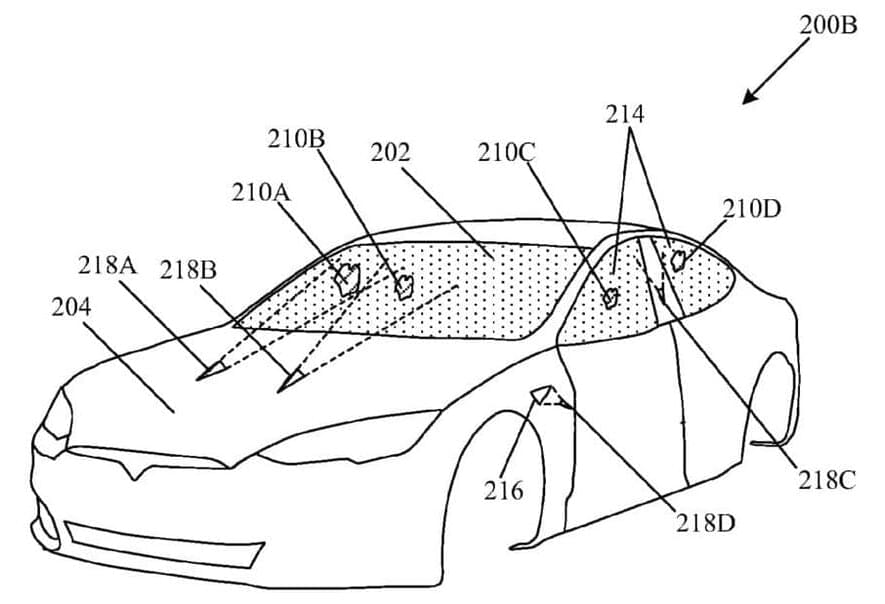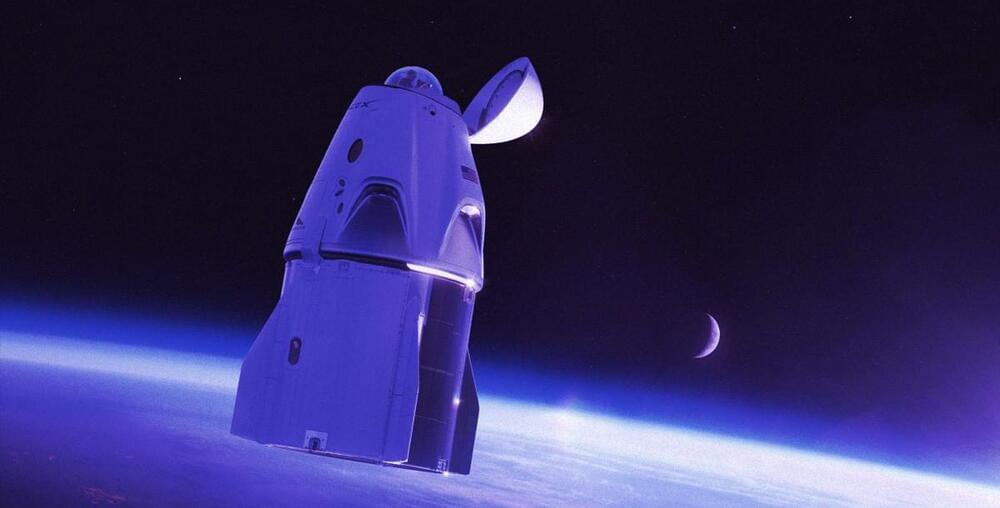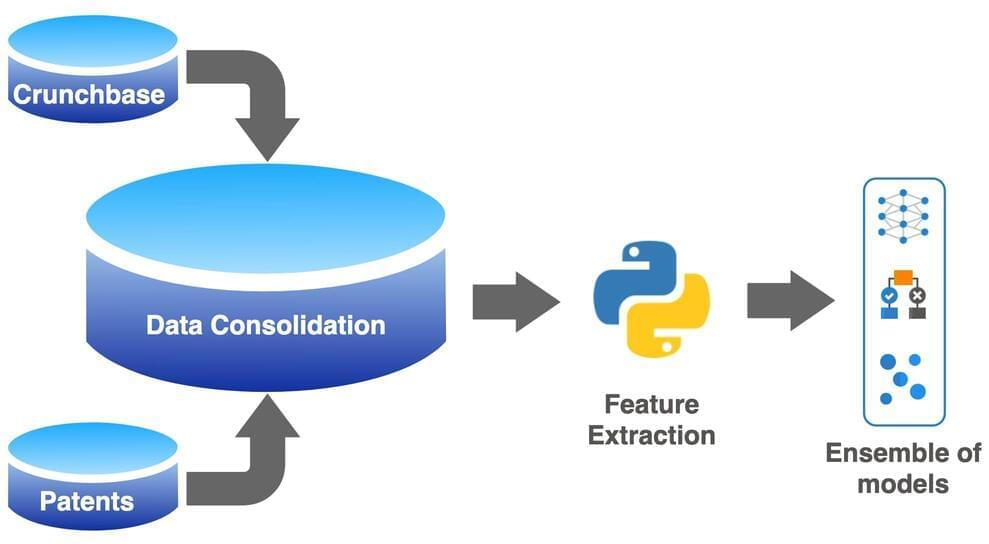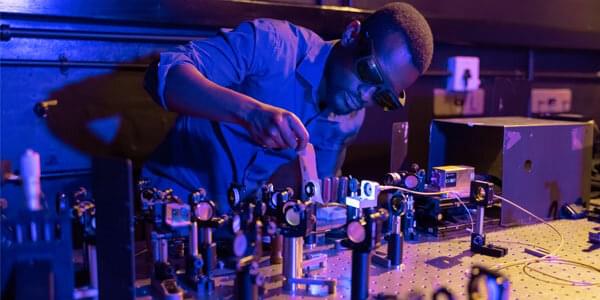Tesla’s insane laser windshield wiper patent has been officially granted by the United States Patent Office this week. Filed in May 2,019 the U.S. Patent Office granted the application, giving Tesla an exclusive right for the invention.
Tesla has played around with several ideas for windshield wipers in the past. In fact, in February, the company had a patent approved for a new wiper design for the Roadster, which would utilize an electromagnetic linear actuator to rid the windshield of moisture. It would essentially move from one side of the windshield to the other with one wiper in one motion.
Tesla Roadster’s revolutionary wiper design secures U.S. Patent approval






